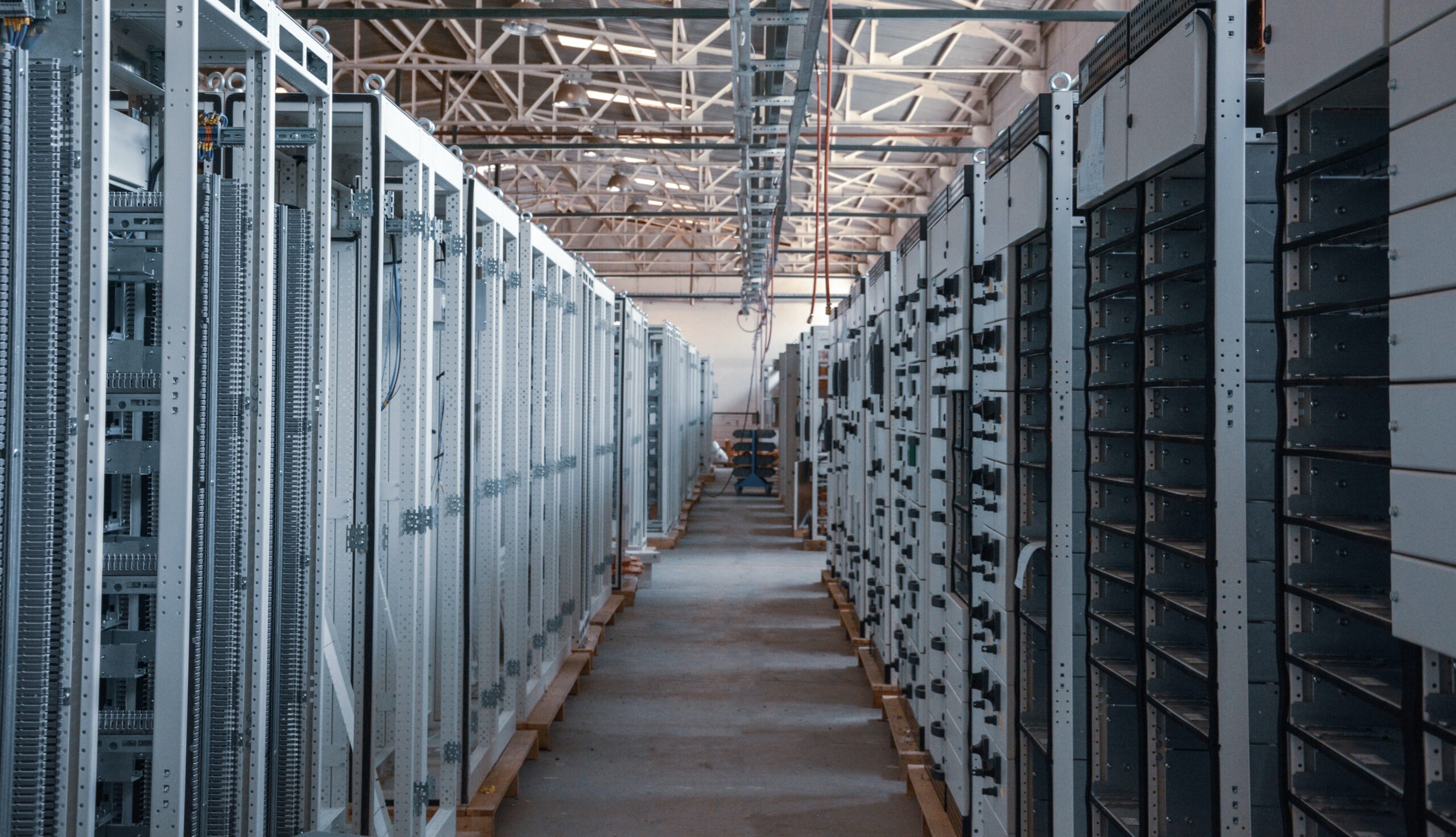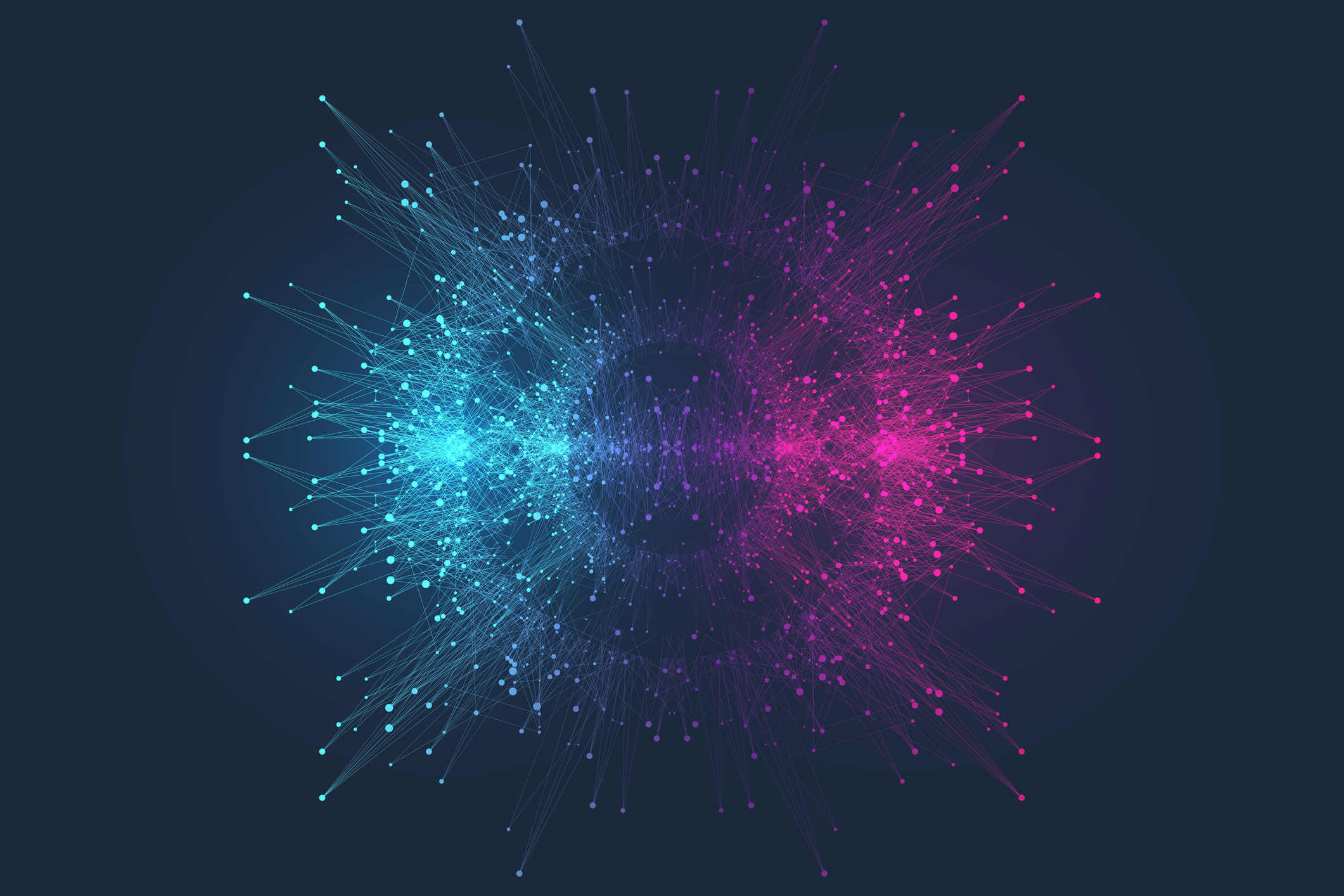Quantum entanglement is a phenomenon whereby two or more quantum systems become connected so that the state of one system can affect the state of the other(s), even when separated by large distances. Classical physics does not explain this connection, or “correlation,” between the systems.
It has been a subject of intense study and debate since it was first proposed by Albert Einstein, Boris Podolsky, and Nathan Rosen in 1935. Quantum entanglement is one of the fundamental properties behind quantum computing, and its potential impact on finance, business, and society is excellent.
We will discuss the history of this scientific field, ongoing research, how entanglement relates to the exciting field of quantum computing, and how these technologies may solve some essential and potentially fundamental questions as we advance.
What Is Quantum Entanglement?
The concept of quantum entanglement was born in the 20th century during the atomic age. One of the first and most famous examples of quantum entanglement is the Einstein-Podolsky-Rosen (EPR) paradox.
In this thought experiment, two particles are created at the same point in space and separated considerably. The spin state of one particle is measured, and it is found to be ‘up’. According to classical physics, the other particle’s spin state should also be ‘up’ or ‘down’ with a 50-50 chance.
However, in quantum mechanics, the state of the second particle is instantaneously affected by the measurement of the first particle, meaning that its spin state is also ‘up’. This concept is known as ‘spooky action at a distance’ and was considered by Albert Einstein to be a flaw in quantum mechanics.
This graphic, courtesy of NASA/JPL-Caltech, is intended to explain ‘entangled particles’. Alice and Bob represent photon detectors developed by the Jet Propulsion Laboratory (under NASA) and the National Institute of Standards and Technology.
Back in 1964
The phenomenon of quantum entanglement was first experimentally demonstrated by physicist John Bell in 1964. Bell proposed an inequality, now known as Bell’s inequality, which stated that certain measurements of entangled particles would always produce specific results if classical physics were correct.
However, experiments have repeatedly shown that the results of these measurements violate Bell’s inequality, proving the existence of quantum entanglement.
One of the most critical implications of quantum entanglement is the concept of quantum teleportation. Quantum teleportation is the process of transferring the state of a quantum system from one location to another without physically moving the system. For example, in 1993, physicist Charles Bennett and his team successfully teleported a photon’s state over a few metres.
Since then, scientists have been able to teleport the state of atoms, ions, and even larger objects over increasingly larger distances, both in and outside the laboratory. Quantum entanglement has also been used to create highly secure forms of encryption.
For example, in a quantum key distribution (QKD) process, two parties can communicate securely by sharing a secret key encoded in entangled particles. Furthermore, because any attempt to measure the state of these particles will alter it, any third party attempting to intercept the communication can be detected. We’ll discuss the implications of QKD a bit more in a subsequent section.
The Potential of Quantum Entanglement
Several research areas are looking at the potential uses of quantum entanglement for practical applications. One possible application of quantum entanglement is in the field of quantum sensing.
Quantum sensors use entanglement properties to measure physical phenomena with unprecedented accuracy. For example, quantum sensors can measure temperature, pressure, and acceleration more precisely than classical sensors. Quantum sensors can also detect faint signals, such as gravitational waves, that are otherwise difficult to detect.
Quantum entanglement is also being researched as a possible technology for quantum communication. A quantum communication network would use entangled particles to transmit information, making the communication highly secure and resistant to eavesdropping.
In medicine, quantum entanglement is being researched to develop quantum-based diagnostic tools.
For example, in a study published in the journal Nature Communications, researchers from China proposed a new method to detect cancer cells using entangled photons; this technique is highly sensitive, non-invasive, and could be used for early cancer diagnosis.
Quantum Entanglement and Quantum Computing
Quantum entanglement and quantum computing are closely related. Quantum computing relies on the properties of quantum mechanics, including superposition and entanglement, to perform certain types of calculations much faster than their classical computer counterparts. In a quantum computer, information is stored in qubits, which exist in superposition and entanglement. Using its qubits, a quantum computer can solve specific complex mathematical problems, such as factoring large numbers, that would take a classical computer an impractical amount of time.
Quantum communication (introduced above) is also being incorporated into quantum computing. Quantum communication allows qubits to be shared between different locations, which is necessary for the distributed nature of quantum computing. This enables quantum computing to be performed on a large scale, with many qubits distributed across different locations, allowing for more powerful quantum algorithms.
Possible Uses of Quantum Entanglement
Quantum entanglement has the potential to be used in several ways, in finance, business, healthcare, and more.
- Quantum cryptography. Quantum key distribution (QKD) allows two parties to communicate securely by sharing a secret key encoded in entangled particles. QKD could be used to protect sensitive financial transactions such as online banking or stock trading. On the other hand, quantum computers could also break many current encryption algorithms to protect sensitive information. This code-breaking could have significant implications for online transactions, medical records, and communications security.
- Quantum computing. Quantum computers could be used to solve complex optimization problems in finance, such as portfolio optimisation or risk management.
- Quantum machine learning. Quantum machine learning (QML) is a field that combines the power of quantum computing with machine learning algorithms. QML could be used to analyze large sets of financial data, such as stock market trends, and make more accurate predictions, which could have applications in fields beyond finance, such as healthcare and transportation.
- Quantum internet. The idea of a quantum internet is based on using quantum entanglement to transmit information in a highly secure way. This could be used to create a new kind of internet that would be highly resistant to hacking, which could be important for financial institutions that must protect sensitive information.
- Quantum random number generation. Quantum entanglement can generate truly random numbers, which could be used to generate secure encryption keys for financial transactions and encode sensitive information.
- Drug discovery. Quantum computers could be used to simulate the behaviour of molecules. This ability could accelerate the drug discovery process and make it more efficient, produce better health outcomes for many patients, and prevent the growing problem of antibiotic resistance.
- Optimization problems. Quantum computers could solve specific optimization problems faster than classical computers. Such optimization could have applications in logistics, finance, and energy management.
- Quantum simulation. Quantum computers could simulate the behaviour of quantum systems with high accuracy. This simulation could study the properties of materials, predict the behaviour of complex systems, and understand the properties of fundamental particles such as quarks and gluons.
- Quantum chemistry. Quantum computers can be used to simulate the behaviour of chemical compounds and predict their properties, which could help speed up the discovery of new materials, catalysts, and drugs.
It’s important to note that these are only potential applications, but all show great promise, and most are currently in the research and development stages. It will likely take some time before they become practical technologies. However, many overlap, and if one were to be solved, a host of other applications would soon follow.
Closing Thoughts
Quantum entanglement is a mysterious and fascinating phenomenon. It has already been used to create highly secure forms of encryption and to teleport the state of quantum systems over large distances. The study of quantum entanglement continues to be an active area of research, with scientists working to uncover its true nature, properties, and potential uses.
Despite its many potential applications, the true nature of quantum entanglement still needs to be fully understood. Some theories propose that entanglement is a fundamental aspect of the universe, while others suggest that it results from more complex interactions between particles.
Whatever the truth behind quantum entanglement, scientists will continue to research how it and the quantum computers built on its principles can solve some of the most challenging problems and questions we are currently asking. Suppose it does live up to the hype. In that case, quantum entanglement could prompt a new technological age and fundamentally alter our understanding of physics.
Disclaimer: The information provided in this article is solely the author’s opinion and not investment advice – it is provided for educational purposes only. Using this, you agree that the information does not constitute investment or financial instructions. Do conduct your own research and reach out to financial advisors before making any investment decisions.
The author of this text, Jean Chalopin, is a global business leader with a background encompassing banking, biotech, and entertainment. Mr. Chalopin is Chairman of Deltec International Group, www.deltecbank.com.
The co-author of this text, Robin Trehan, has a bachelor’s degree in economics, a master’s in international business and finance, and an MBA in electronic business. Mr. Trehan is a Senior VP at Deltec International Group, www.deltecbank.com.
The views, thoughts, and opinions expressed in this text are solely the views of the authors, and do not necessarily reflect those of Deltec International Group, its subsidiaries, and/or its employees.


